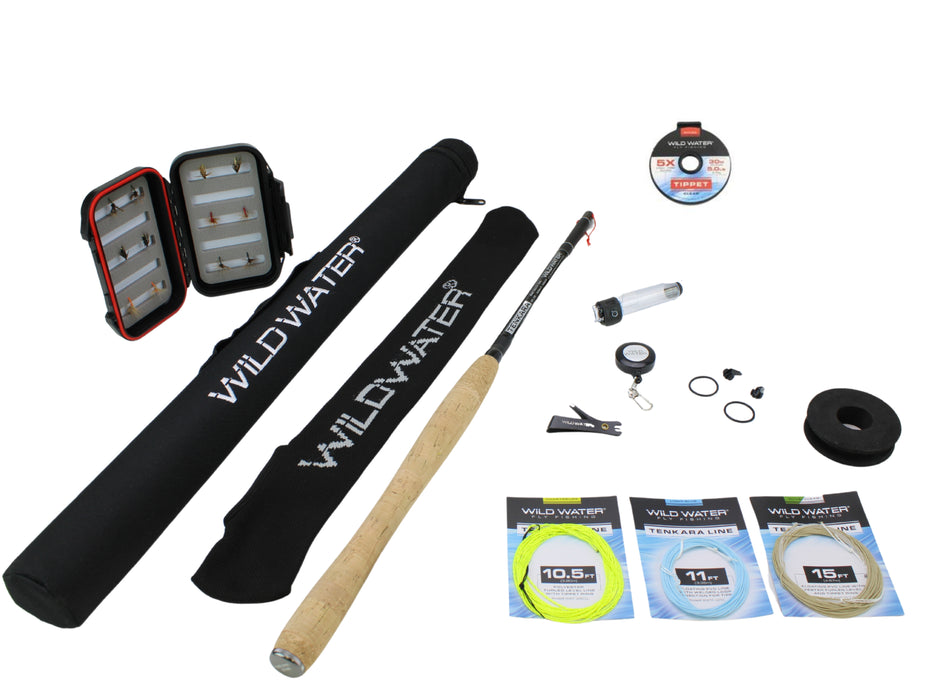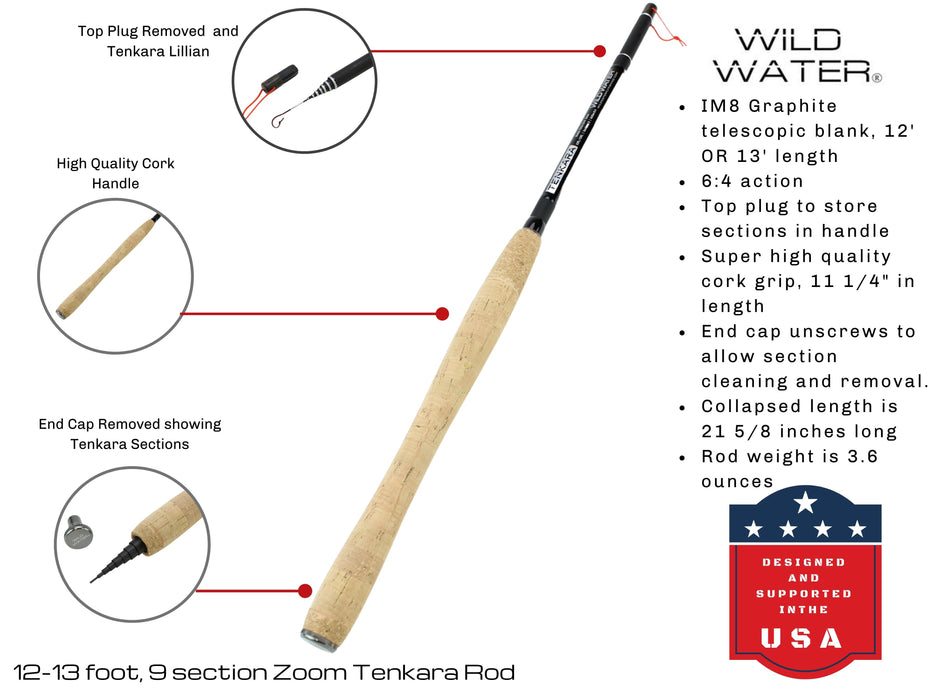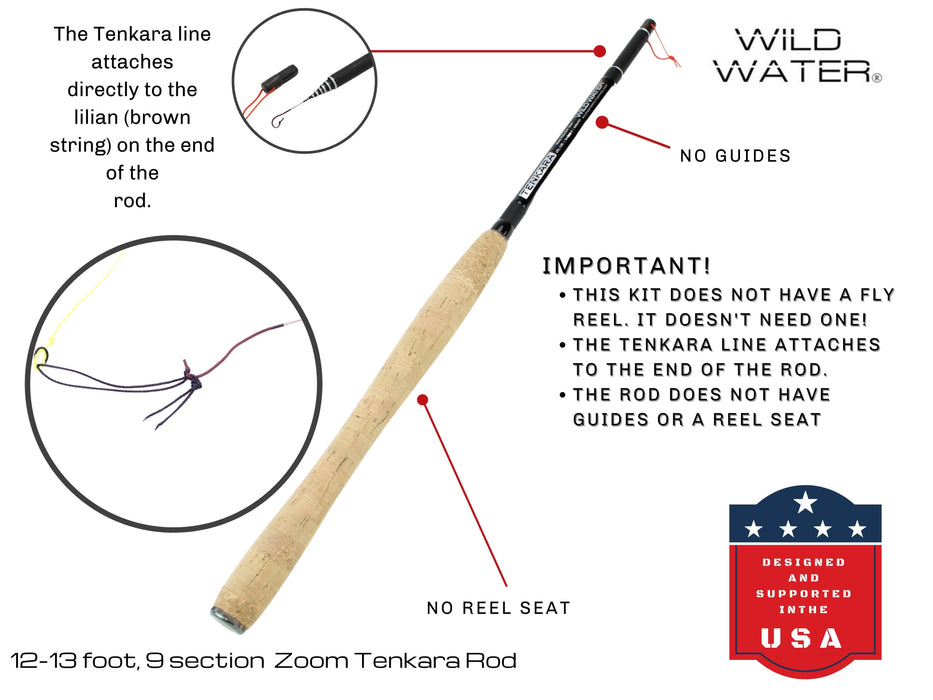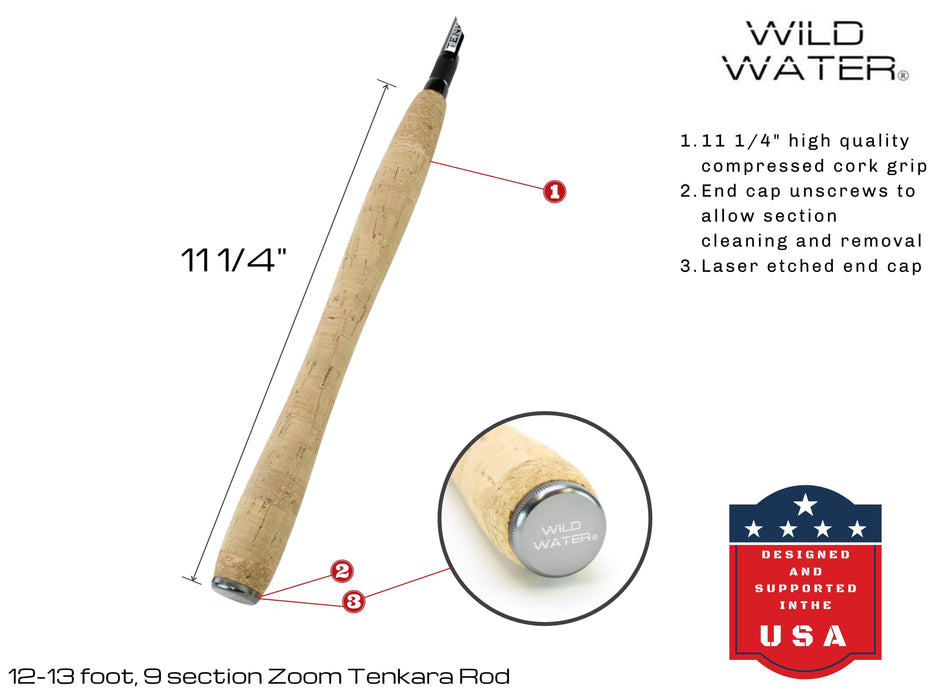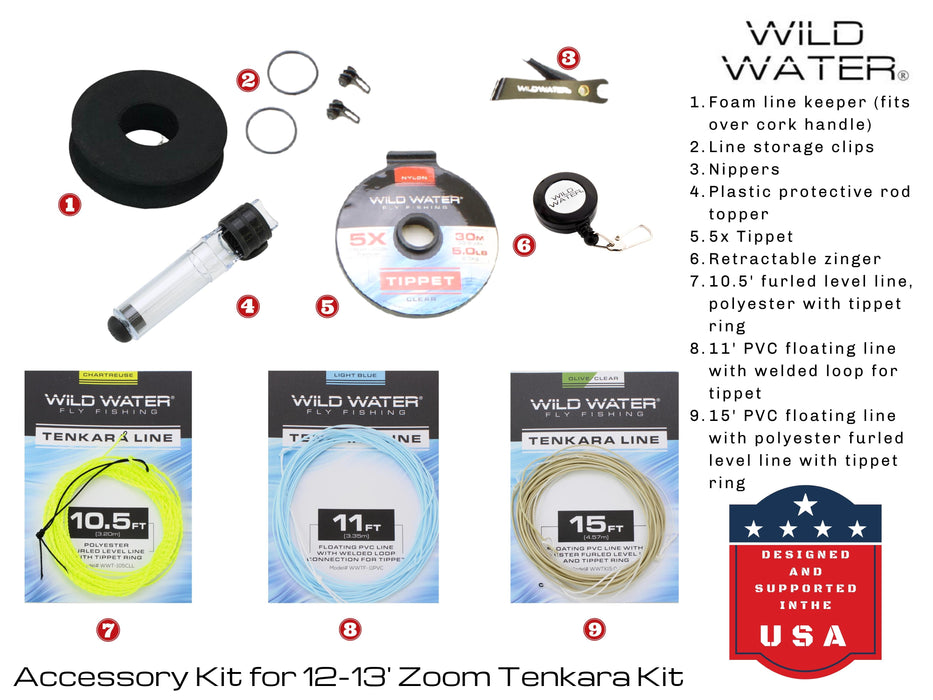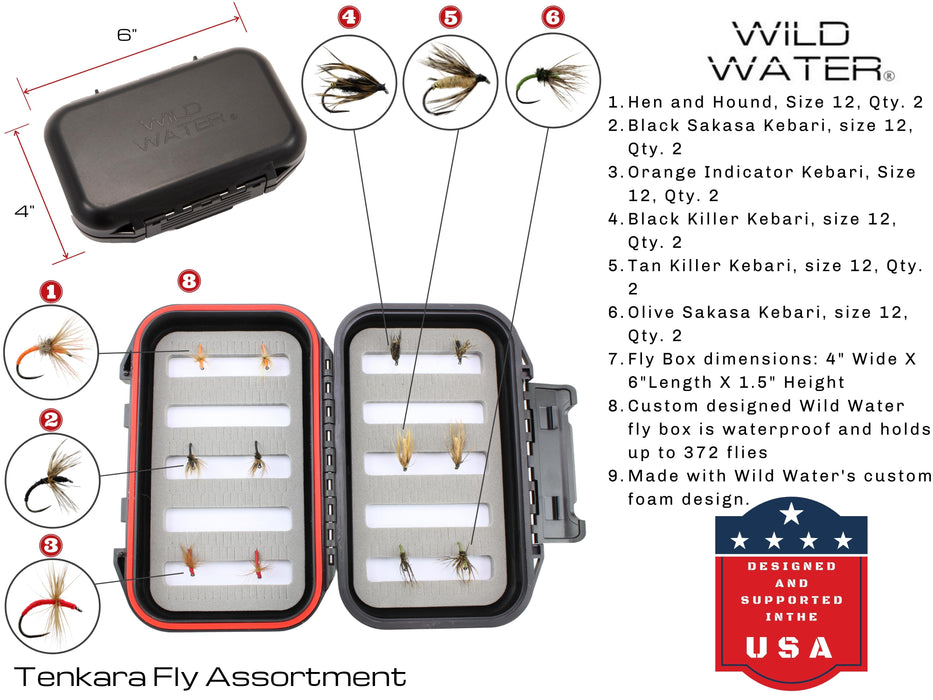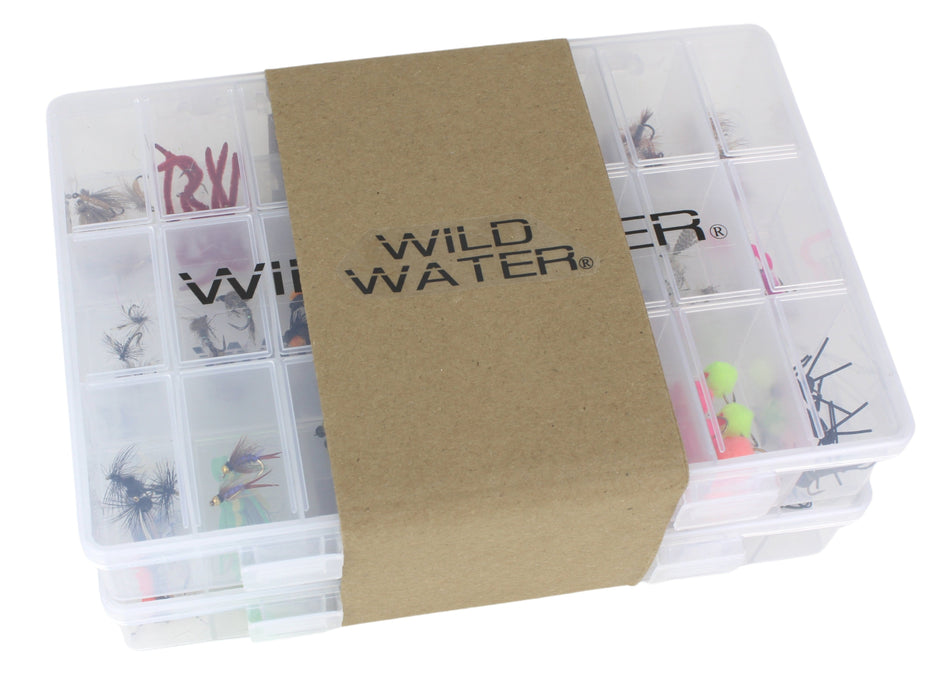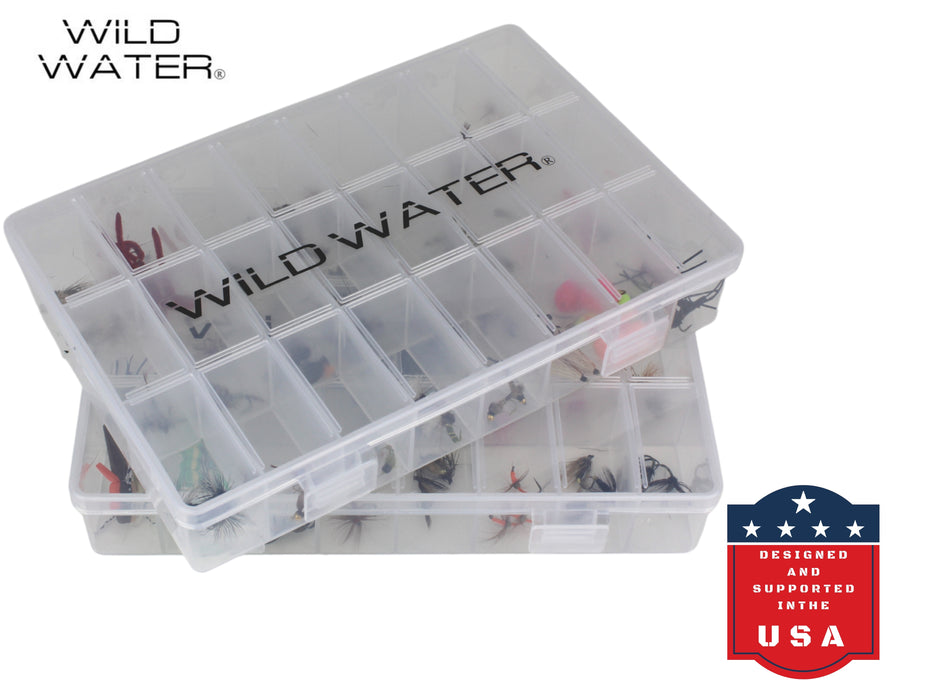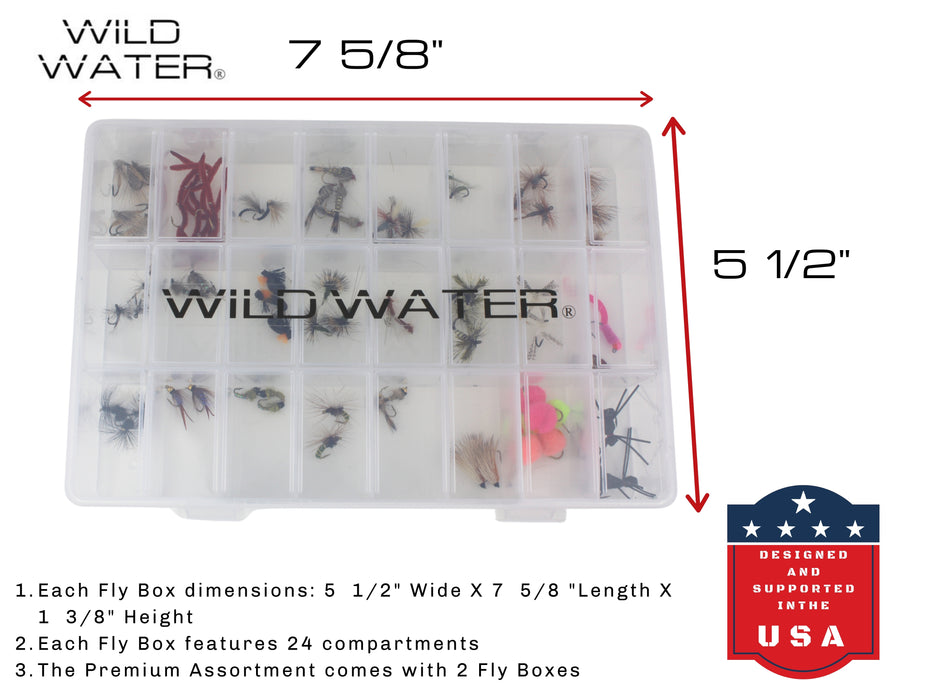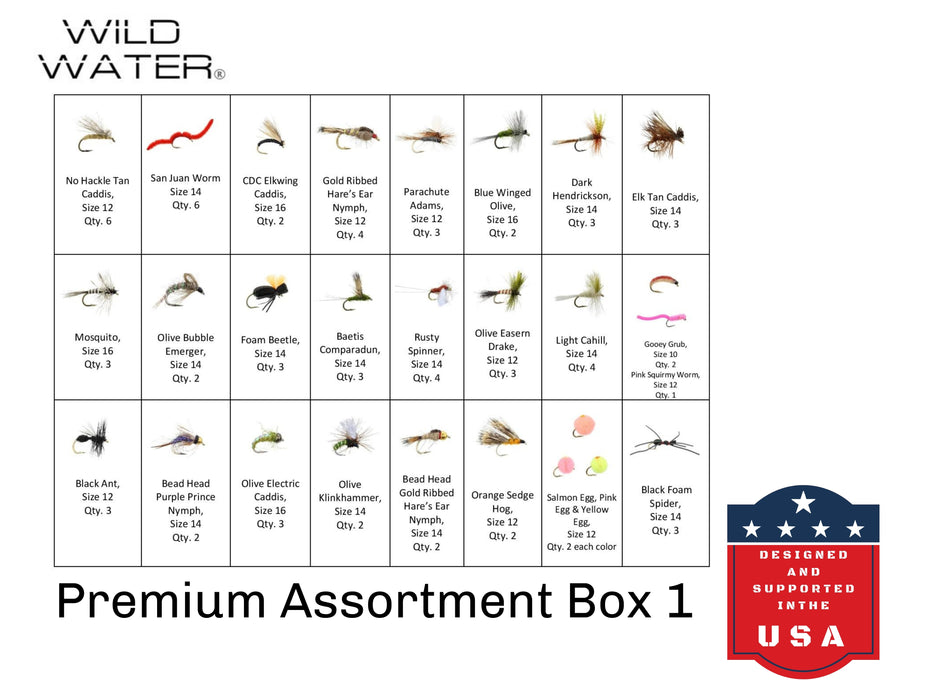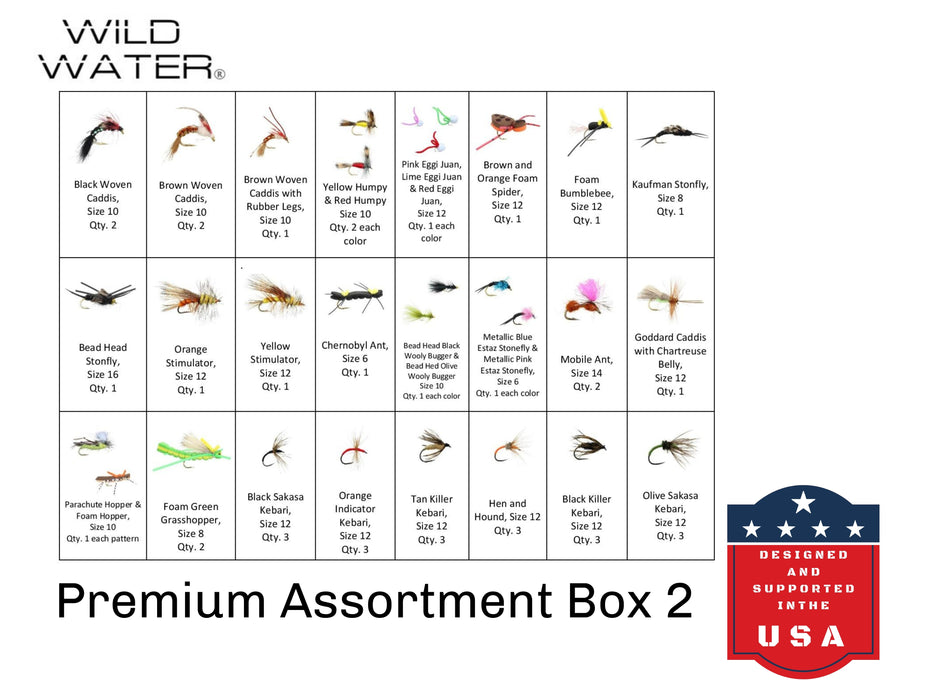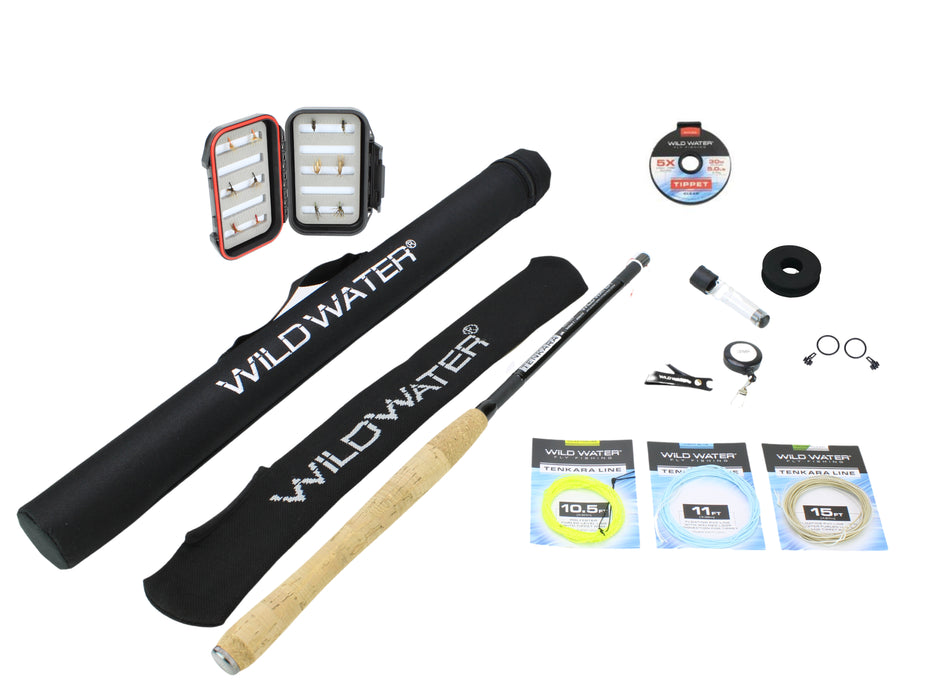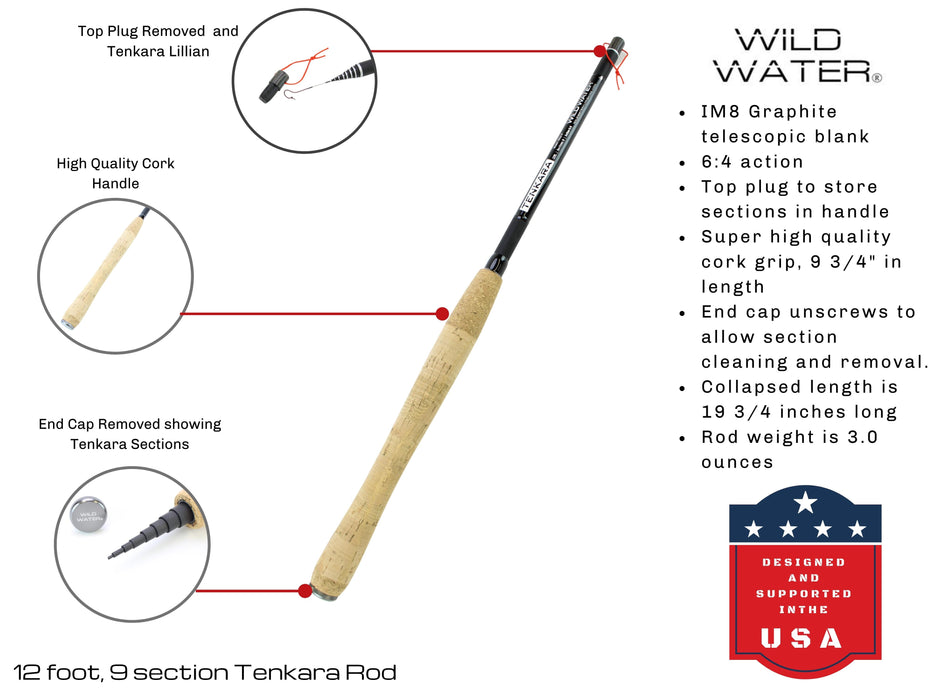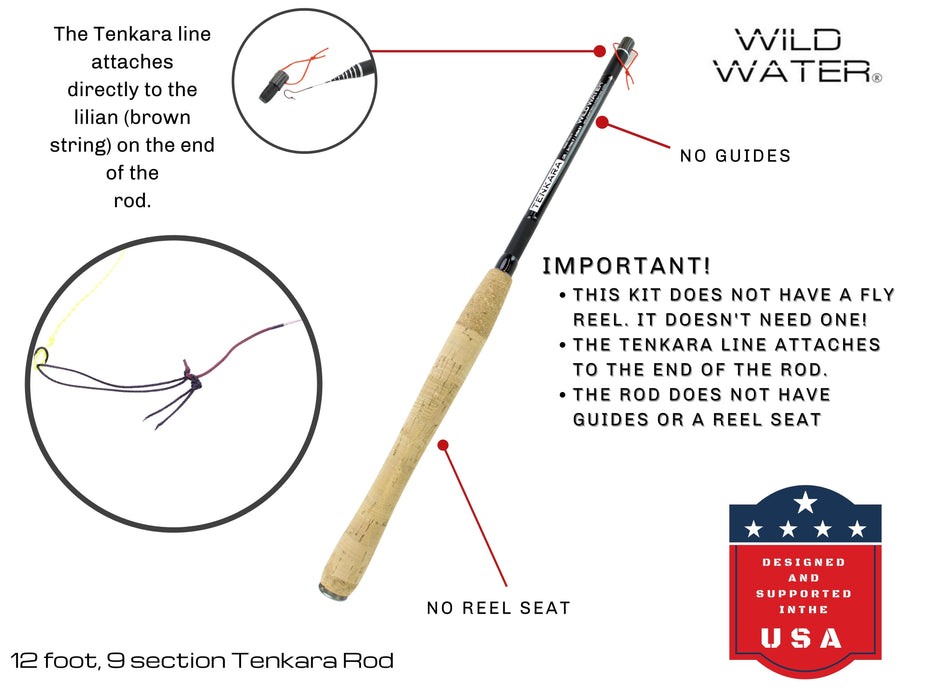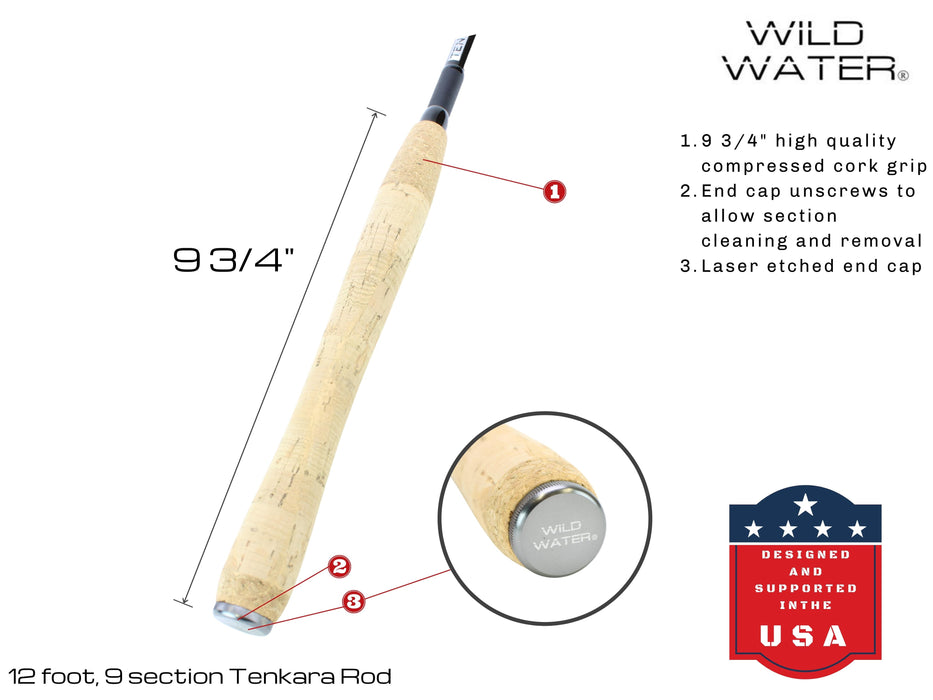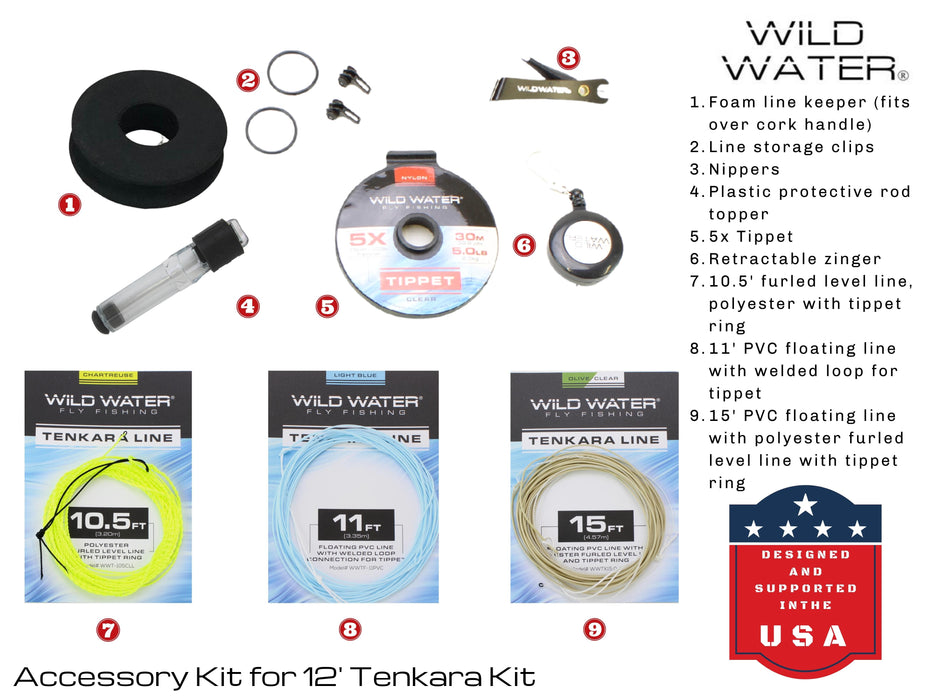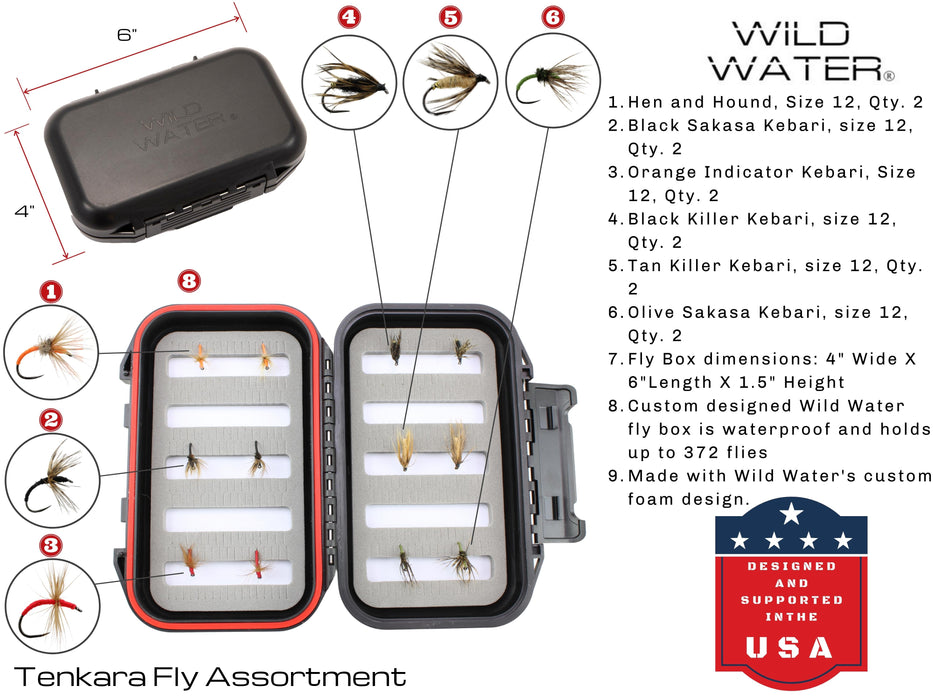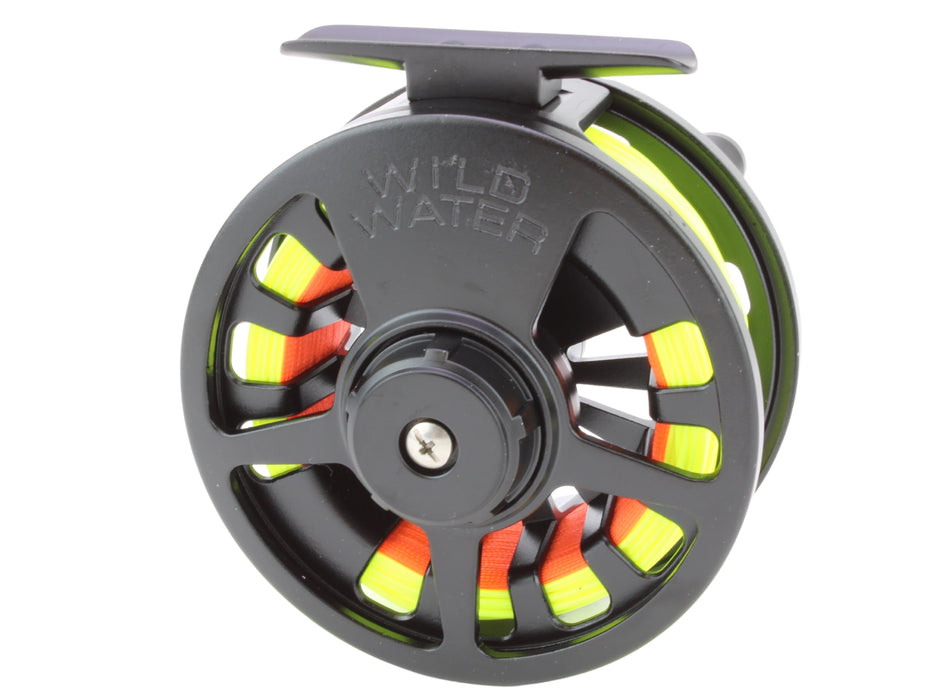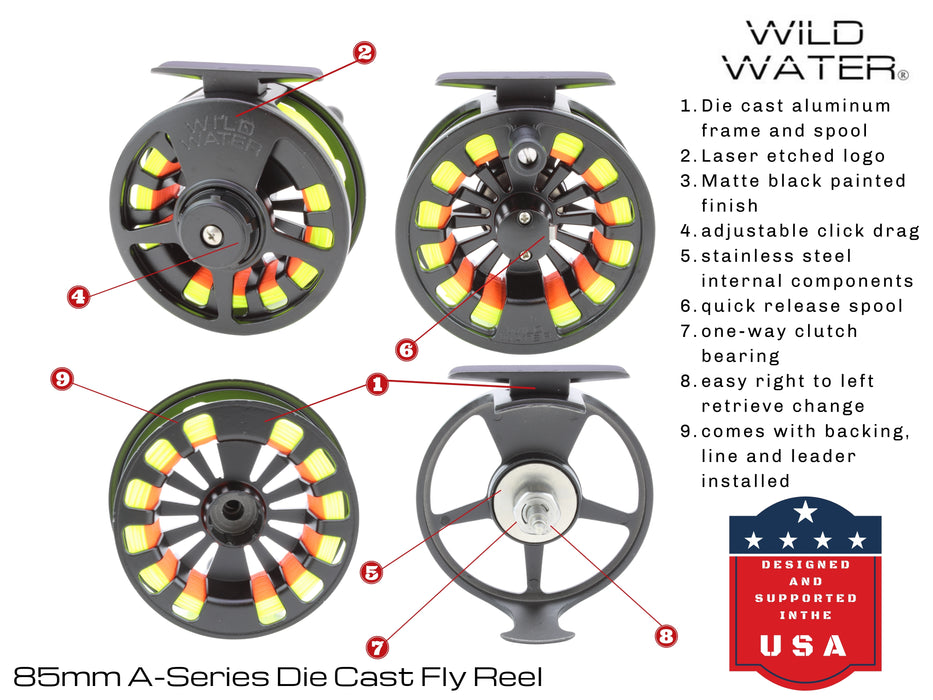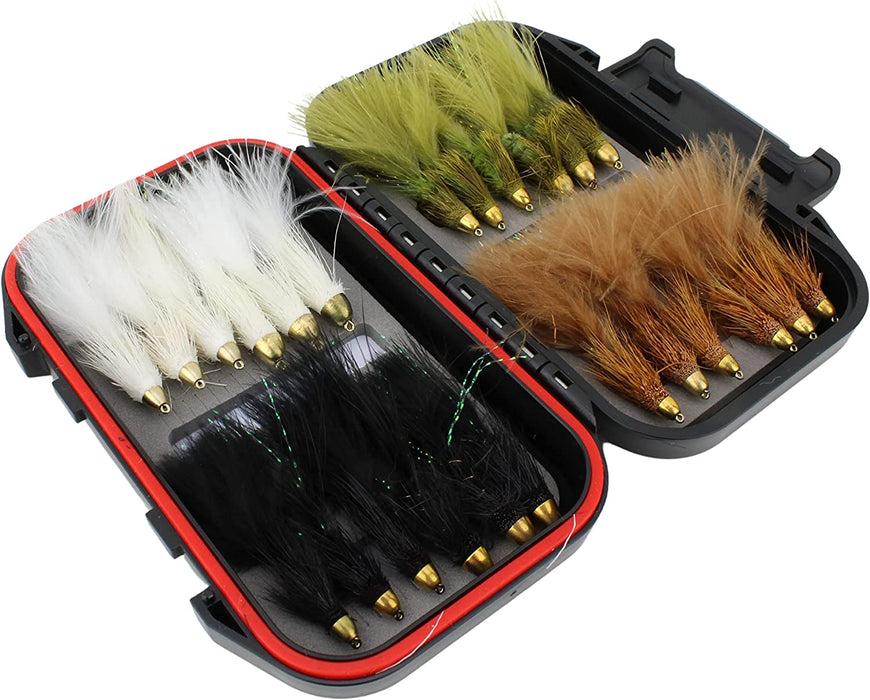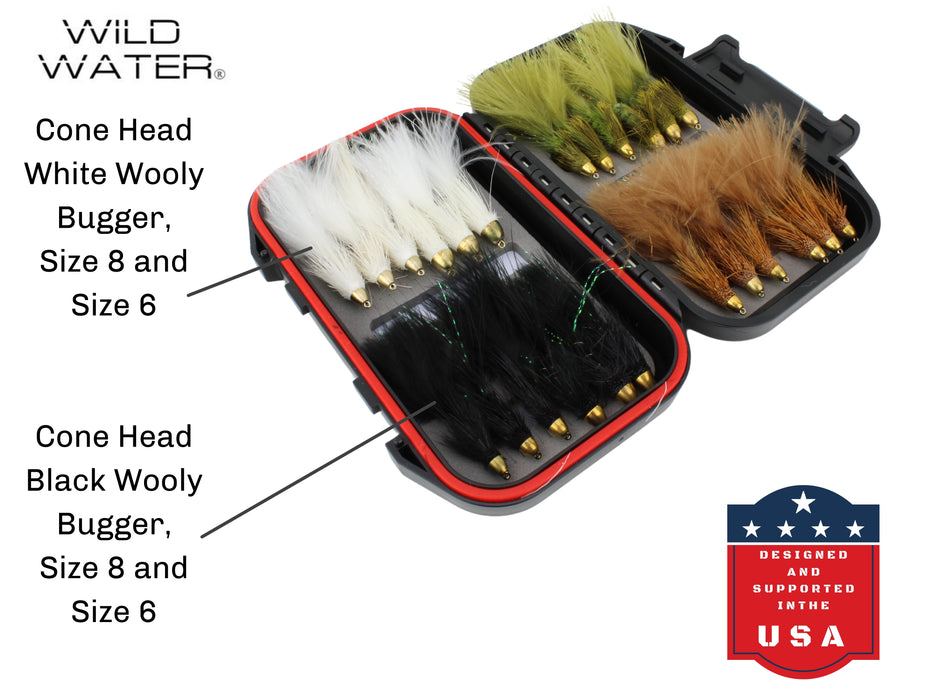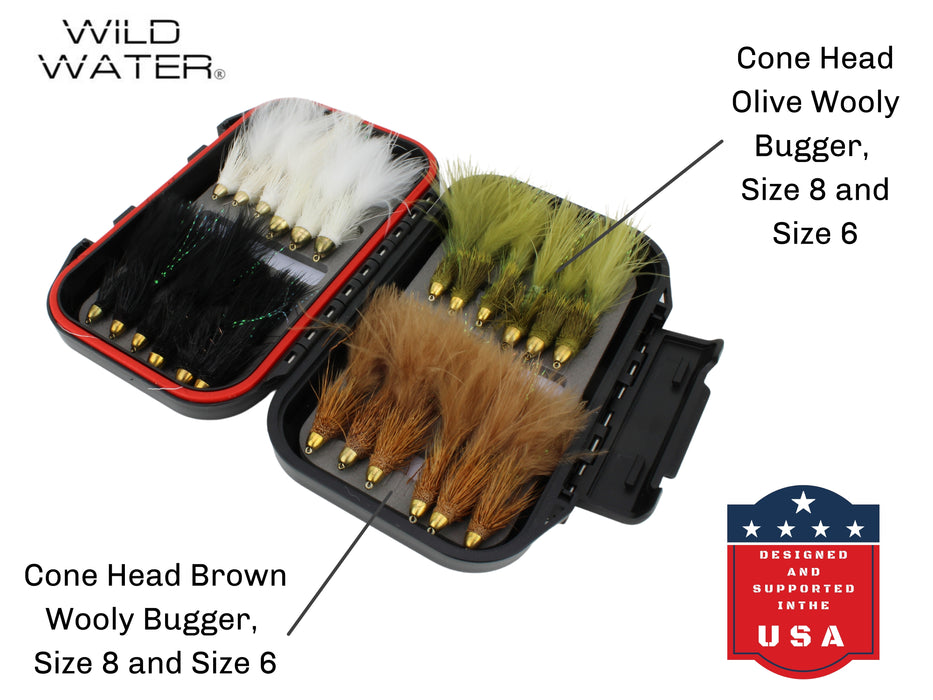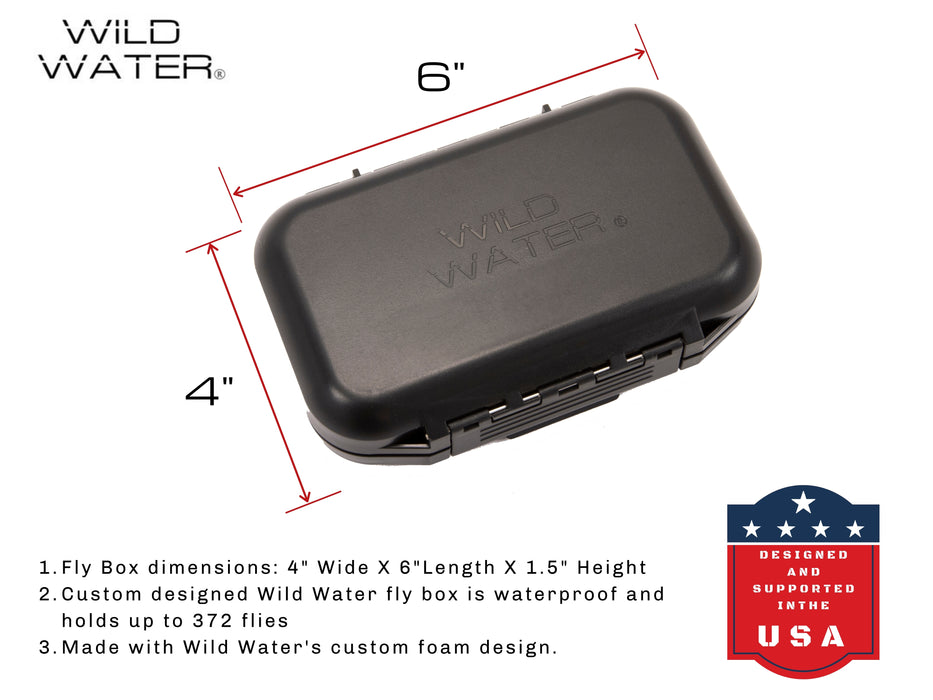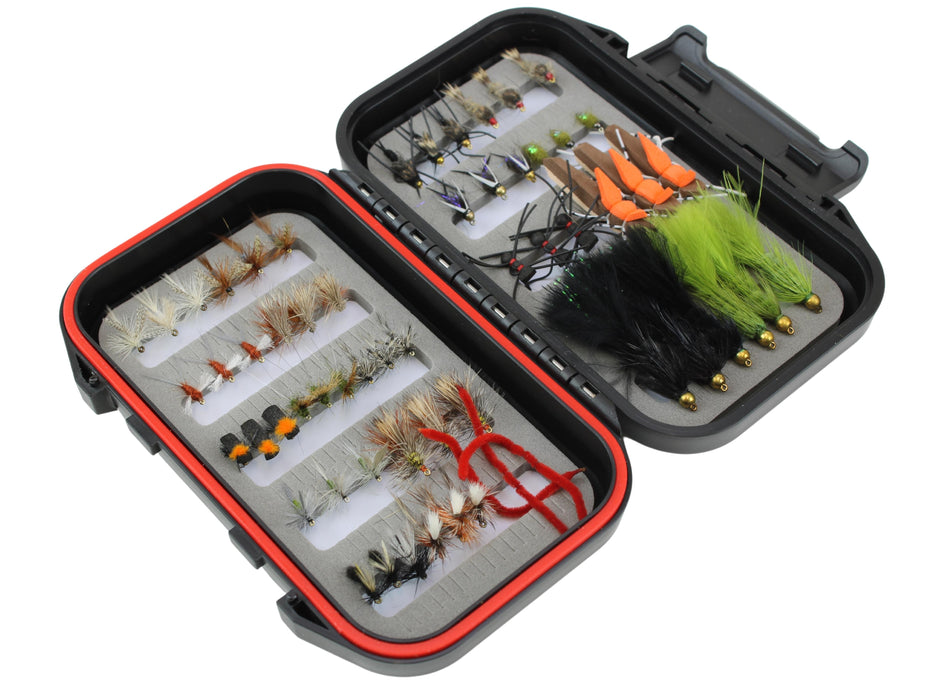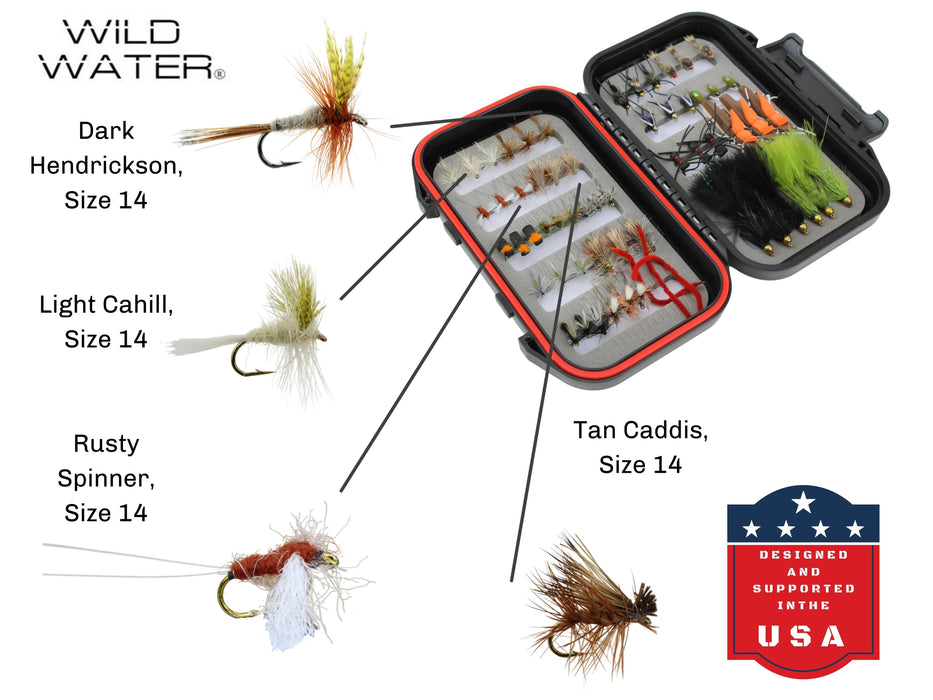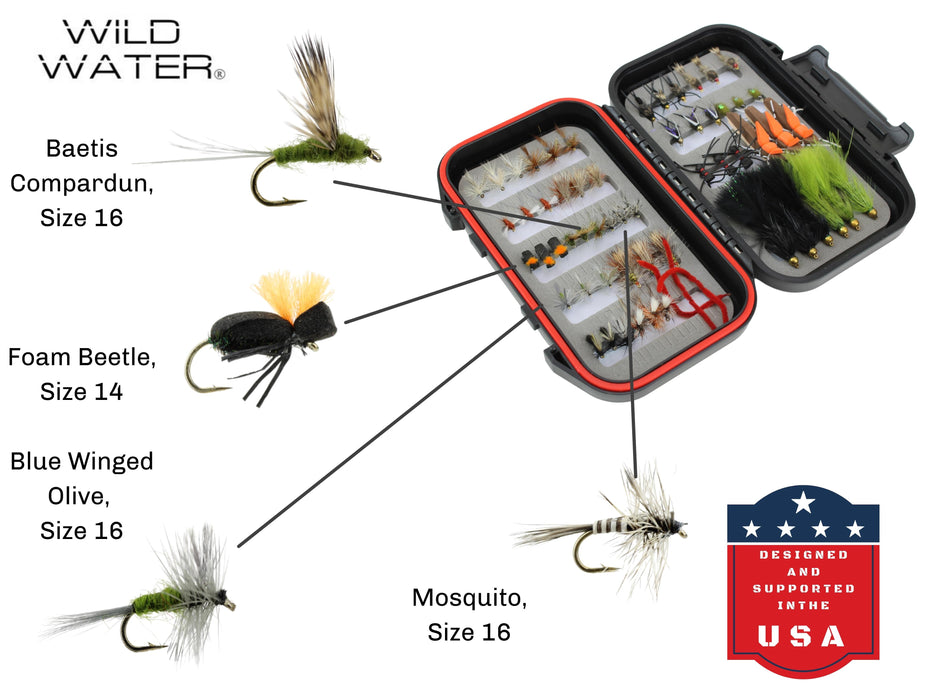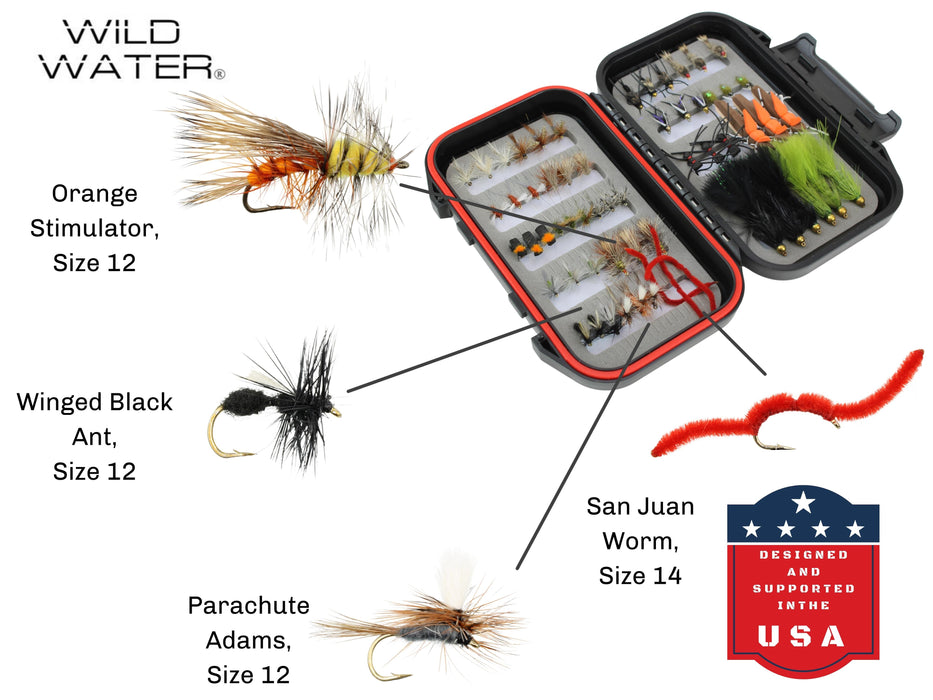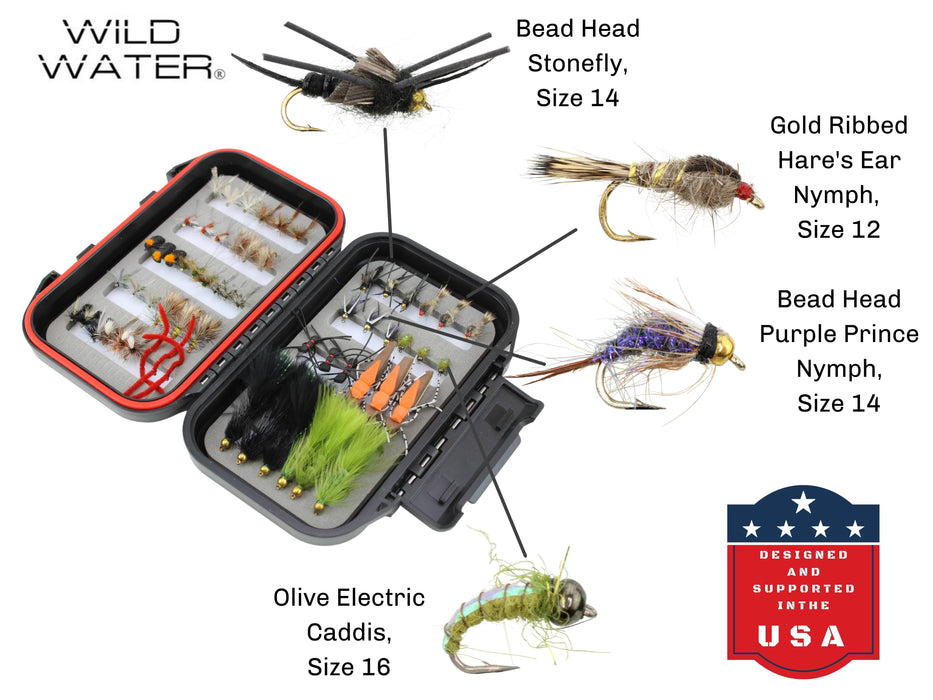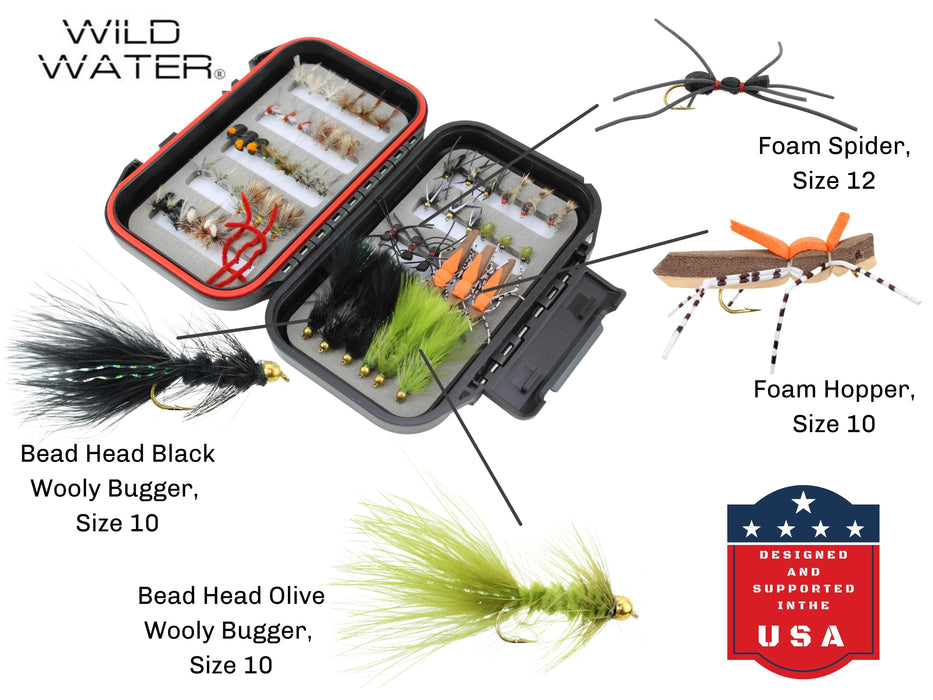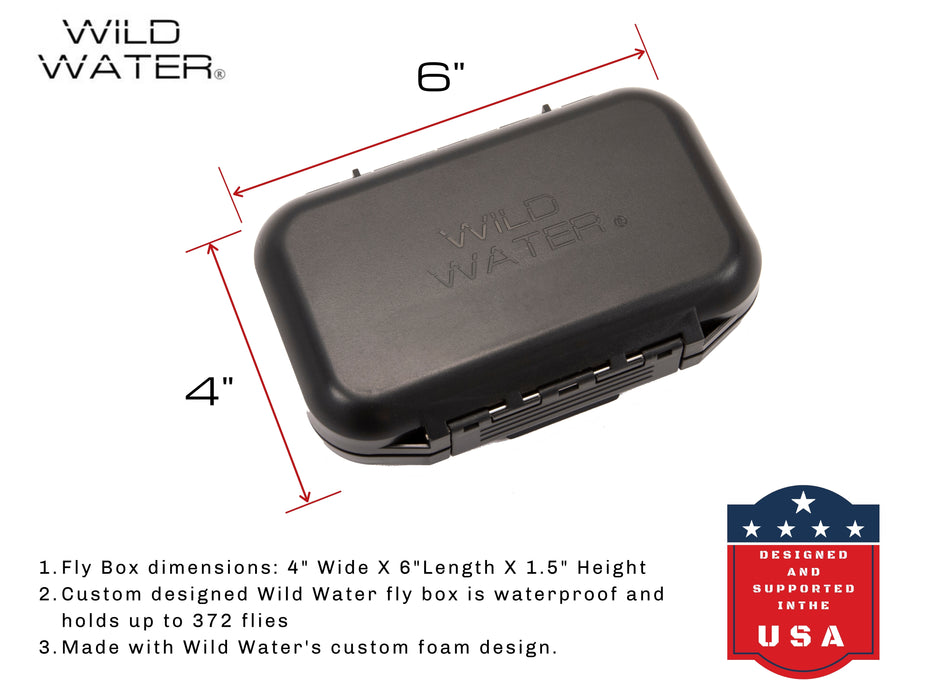Knots present themselves in a variety of ways in fly fishing. Some are tied by anglers and some are caused due to incorrect casting mechanics. Sadly, for most of us, the poor casting mechanic knots seem to appear more than knots we tie ourselves.
We tie on our fly and at the end of the day we have a few knots in our tippet, leader and fly line. Here are some tips to help you prevent from creating knots in your line.
Tailing Loops
Tailing loops are two words you never want to hear in fly fishing. They’re never used in a positive way! When someone says you have a tailing loop in your cast, be sure to stop and work to fix the problem.
These are caused by starting your forward cast before the line has extended straight behind you OR if you bring your back cast back too far.
Over Accelerating
The most common way a tailing loop occurs is when you over accelerate your “shoot” (final cast on to the water). You see a fish rise an extra 5 feet away from where you were originally planning on casting and you give it a little extra power to reach the spot.
When you do this, you have likely overpowered the rod. This will shorten the length of it and lead to a tailing loop.
To prevent this, you need to remember to let the rod do the work. If you try to force the rod into something, it will respond by tangling your line. Be patient and let the loops unfurl in their own time. If you see the fish rise an extra few feet away, give it one more false cast to get line out and then shoot.
If you have something attached to the end of the stick and you want it to fly across the room, a quick flick isn’t going to work. The object will likely smack the floor and go nowhere. When you are gentle with your actions, it will lead to more productive casts.
You want your loops to look like giant “U’s”.
Check your rod tip
Another great way to prevent tailing loops is to check the plane of your rod tip. Is it dipping down and then rising back up again? If so, you’re going to create a tailing loop. You want your rod tip to stay on an even plane.
To keep an even plane, you need to find the proper balance between the back and forward casts. If you pull off the power on your forward cast, you’ll create a tailing loop and almost guarantee yourself a knot.
Also, be sure you adapt your casting arc to how much fly line you have out of your reel. You have to increase your arc with the more line you remove from your reel. If you’re keeping the rod at too high of an angle, you’ll inhibit your ability to create a large enough arc.
Know your limits! If you aren’t able to make a long cast, understand that about yourself and make shorter casts until you feel more comfortable making the longer casts.
Practice, Practice, Practice
These knots in your line are caused by poor casting techniques. To improve the technique, you have to put in the practice. The practice doesn’t always have to come on the water! A local park, your backyard, or even your driveway are great places to practice.
